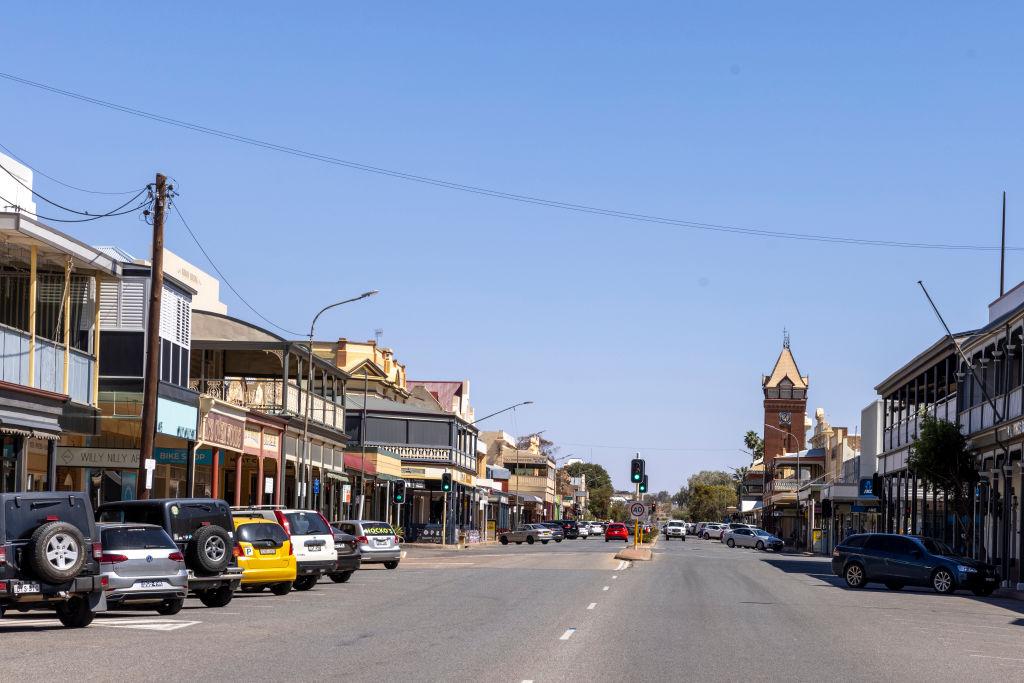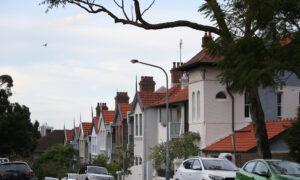Not everyone moving to regional Australia is looking for a home among the gumtrees with lots of plum trees—and they definitely don’t want a sheep or two.
Developers should be encouraged to build more medium-density housing in the regions as country populations boom and demand more workers, experts have told a national summit.
Master Builders Australia chief executive Denita Wawn said professionals considering a move to the country are looking for city-style living.
“They still may want to go back from the regions to the cities ... they don’t want a detached house with a large garden,” Ms. Wawn told the national regional housing summit in Canberra on Feb. 9.
“What are we doing to encourage and incentivise investors looking at more medium to high-rise?
“It’s an important conversation about going up.”
The housing summit, hosted by the Regional Australia Institute, heard urgent solutions are needed for acute shortages in the country, where there is an increasing need for health workers, carers, engineers and teachers.
House prices are hitting record levels and getting closer to the city market, with median values over $605,000 (US$395,000), an institute analysis shows.
Rental vacancies are worsening, dropping to 1.2 percent in September, while the regions attracted 166,000 new residents in recent years.
The community of Shepparton, north of Melbourne, launched a program to help 600 professionals relocate from the city, but the lack of housing proved a major barrier.
“We have had the challenge of temporarily housing school teachers in caravans,” Committee for Greater Shepparton chief executive Linda Nieuwenhuizen said.
“(There were) three very important health specialists house sharing.
“They become increasingly a flight risk, as we describe it.”
Rather than waiting for housing policy changes, many regional communities are forging ahead with their own solutions.
Local developers are building a 15-storey building with 80 apartments in Dubbo, the first high-rise residential building in the western New South Wales (NSW) city.
The institute’s chief economist Kim Houghton said investors need to realise the value of mixed-density housing, which tends to get “snapped up” quickly.
“The key markets are older folks looking to downsize and ... these young professionals, who are cycling through our regional places and don’t particularly want a large house on a large lot,” Dr. Houghton said.
Other solutions floated at the summit included central west NSW councils investigating whether the region’s estimated 25,000 spare rooms could be rented out.
The institute is also calling for 40 percent of the federal government’s $10 billion (US$6.5 billion) Housing Australia Future Fund, set up to increase social and affordable housing, to be directed to country areas.
Helen Haines, the Independent MP for Indi, renewed a push to set up a regional housing infrastructure fund, describing record levels of homelessness in her rural Victorian electorate.
“I’ve lived in my community for over 30 years and, in the last few years, I’ve seen people living by the river,” Dr. Haines said.
“I have never seen that before.”
Anglicare executive director Kasy Chambers said regional housing was no more affordable than the cities.
“We see people who are dealing with too-high housing costs, we see the decisions about having to choose between the rent and nutritious food, between the car insurance and filling a prescription,” Ms. Chambers said.
“That’s before we think about actual homelessness.”







